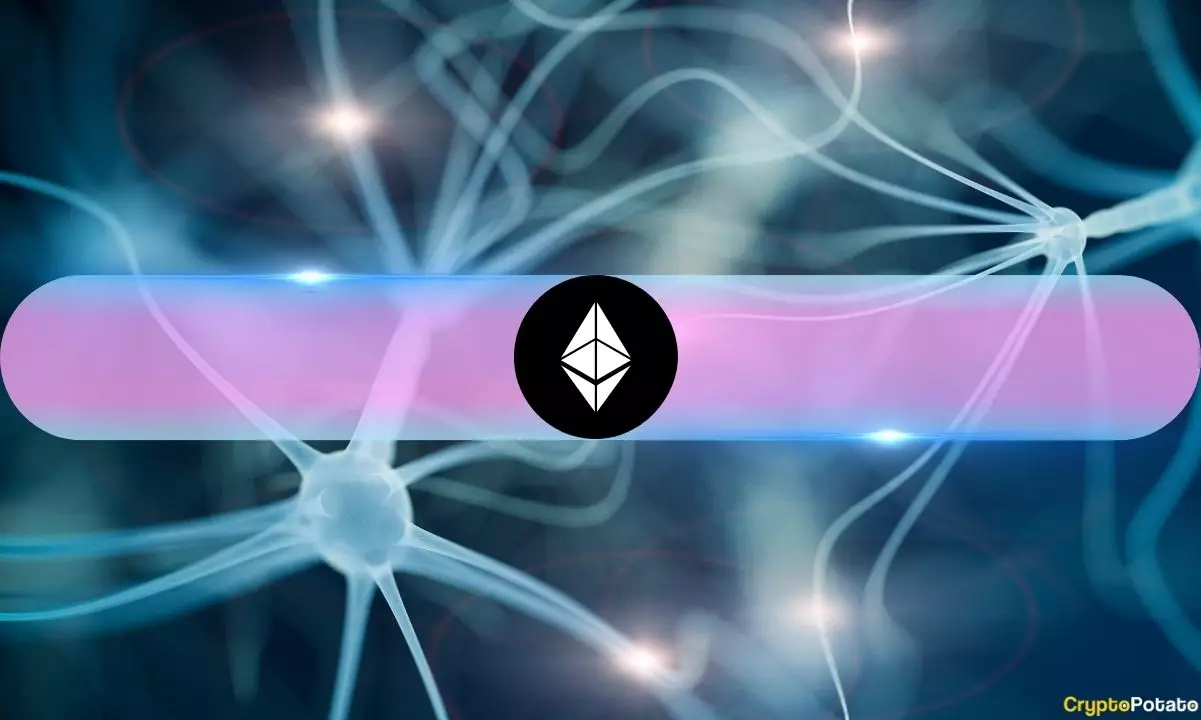Ethereum, the second largest blockchain in the cryptocurrency landscape, is gearing up for a series of upgrades that could reshape its future. The Pectra and Fusaka upgrades promise significant enhancements aimed at improving scalability and adaptability for crypto payments. However, the excitement around these developments needs to be tempered by a harsh reality check: Ethereum is fighting against its own limitations while increasingly facing stiff competition from agile rivals like Solana and BNB Smart Chain. Binance Research’s recent findings serve as a magnifying glass, highlighting anxieties within the Ethereum ecosystem that could erode its primacy if left unaddressed.
While Ethereum has strong security features and an expansive user base, it struggles under the weight of high transactional costs, slow processing times, and a fragmented developer network. These factors have catalyzed an apparent migration towards faster and cheaper alternatives like Solana, where users are increasingly opting for decentralized exchanges (DEX) that promise quicker and less costly transactions. Herein lies the crux of Ethereum’s dilemma: as it seeks to scale through future upgrades, it must reconcile its inherent technological limitations with the escalating demands for efficiency and cost-effectiveness.
The Difficulty of Evolving Ecosystem: The Rise of Layer 2 Solutions
A critical element contributing to Ethereum’s woes is the emergence and rapid adoption of Layer 2 solutions designed to alleviate the strain on the main chain. Although these second-layer networks serve to enhance transaction speeds and reduce fees, they paradoxically dilute Ethereum’s foundational value. The fragmentation caused by users pivoting to various Layer 2 platforms presents a risk to Ethereum’s overall integrity as a cohesive ecosystem. Without solidifying its base layer, Ethereum may find itself in a precarious state wherein its value proposition diminishes over time, as users flock to more efficient platforms that emerge as the new market leaders.
The impending arrival of the Pectra upgrade in May 2025, despite delays, brings hope that Ethereum might regain lost ground. The integration of the Prague execution layer with the Electra consensus layer could pave the way for improved transaction processing. However, this alone does not directly bolster Ethereum’s essential characteristics of value retention or resistance to censorship. Such a reliance on upgrades might be seen as a band-aid on a much deeper wound, suggesting that Ethereum’s strategy may need a more comprehensive reevaluation.
Unpacking the Updates: Promises vs. Reality
The list of upgrades associated with Pectra includes various Ethereum Improvement Proposals (EIPs), which aim to address numerous concerns. Notably, EIP-7251 permits an increase in maximum staking balances from 32 ETH to 2,048 ETH, ostensibly aimed at making Ethereum more accessible to validators. Yet, one must question whether such a shift is sufficient for the long-term sustainability of the network. In addition, EIP-7691’s proposed increase in blob capacity is seen as essential for maintaining low-cost transactions. Despite these ambitious initiatives, the reality is that true scalability remains elusive without a more holistic approach toward the actual economic mechanics in play.
Set for late 2025, the Fusaka upgrade promises further enhancements, such as PeerDAS through EIP-7594, which aims to tackle data availability issues. Ironically, Ethereum’s status as a purported leader in data availability is increasingly in jeopardy, with burgeoning platforms like Celestia and EigenDA beginning to outperform it on both throughput and cost-effectiveness. These competitors embody a briskly changing market landscape that Ethereum—a titan in its own right—must navigate with agility or risk falling behind.
The Uncertain Road Ahead: Future Propositions and Competitive Landscape
As Ethereum stands at this crucial crossroads, options for navigating its turbulent waters are murky at best. Proposed solutions like repricing the blob market or mandating contributions to fees from Layer 2s appear more speculative rather than concrete strategies. The initial enthusiasm surrounding these upgrades could quickly be tempered by the realities of a space that thrives on innovation and efficiency.
For Ethereum to retain a competitive edge, it needs to adopt a mindset that embraces change and addresses velocity rather than merely hyper-focusing on its existing security advantages. The larger conversation must focus on how Ethereum can transition from a legacy chain that excels in security to an agile, efficient workhorse capable of keeping pace with the rapid shifts in the blockchain landscape. The stakes have never been higher, and the world is watching to see if Ethereum can indeed rise to the occasion or will remain shackled by its self-imposed limitations.














